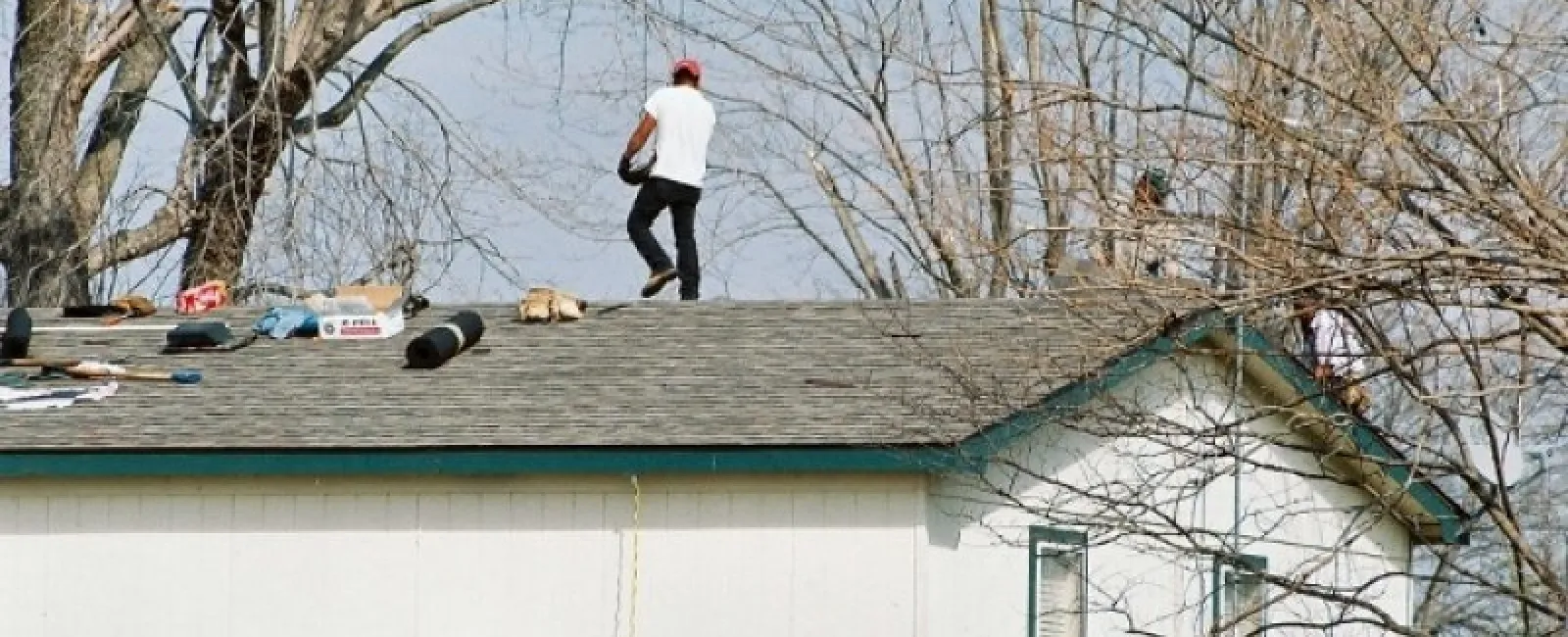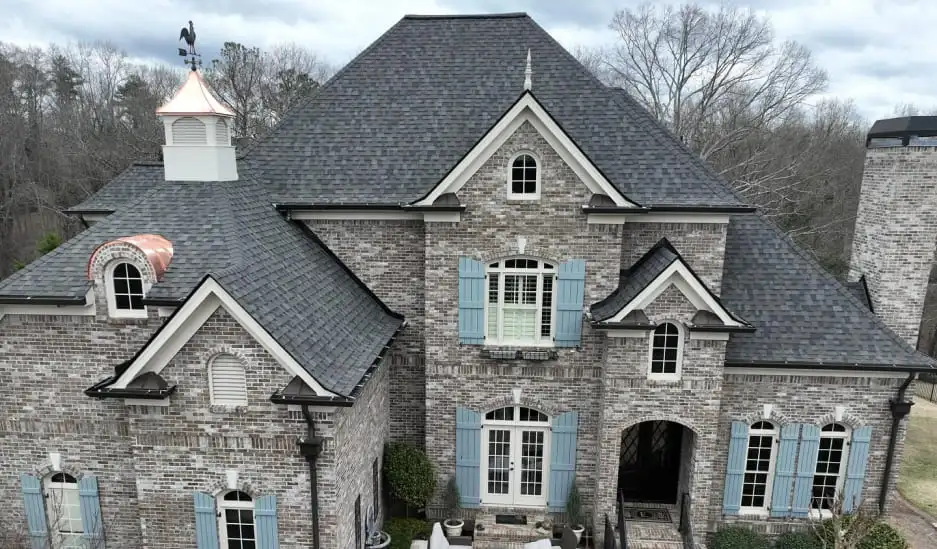Considering the investment homeowners make in a new roof, it is surprising that many people do not have regular roof inspections to determine the condition of the structure. In the same way it would not make sense to miss an annual doctor’s appointment, it is never a good idea to skip a regular roof analysis for your home.
Here is what to look for and how often to have your roof inspected.
Varying inspection times
The National Association of Home Builders (NAHB) recommends having a roof inspected by a qualified roofer once every three years. This system would apply best to new roofs and metal roofs with longer lifespans than asphalt shingles, wood, or with older roofs. If your roof is more than 15 years old or is made of organic materials, inspection once a year is the best standard to keep. Since the heat does in the South can do as much damage as the cold does up North, a good time to inspect a roof is before the hot weather hits Marietta.
Elements of a roof analysis
You can do a periodic check on your roof by yourself to catch problems. Here are warning signs worth your notice:
- Spots on attic ceiling. If you notice wet spots on the ceiling of your attic just below the roof, it is usually a sign you have a leak. Check outside for damaged shingles, cracks in the flashing around the chimney, and note any spots on the crawlspace.
- Shingles missing. When you have missing shingles, the culprit is usually poor fastening materials or extreme weather that carried them away. A roofer can replace them with individual shingles.
- Curling and blistering shingles. If the shingles on your roof are curling or blistering up, signs point to heat damage, excessive moisture, or improper installation of roofing felt. These problems require the touch of a professional.
- Dark stains on shingles. Though it may not look good on your home, the presence of dark spots on your roof does not indicate structural damage. Algae breeds on roofs in hot climates like Atlanta’s, causing the stains on asphalt shingles. Usually, stains will not be present where there is flashing or another metal element on your roof because metal resists algae.
- Damaged flashing. Cracks around the chimney’s flashing result from dry conditions in the area. Roofers can fix this problem without disturbing the integrity of the roof.
- Rotting shingles. In a situation where the roof is old and many patches are missing from shingles, it is a sign of aging, rotting materials. This issue indicates it may be time for new roofing.
Ask a qualified roofer for a complimentary roof analysis to find out the exact state of your roof. In addition to shingle and flashing condition, you will get a customized report containing the roof’s expected lifespan and any recommended areas for repair.
Image source: morgueFile



